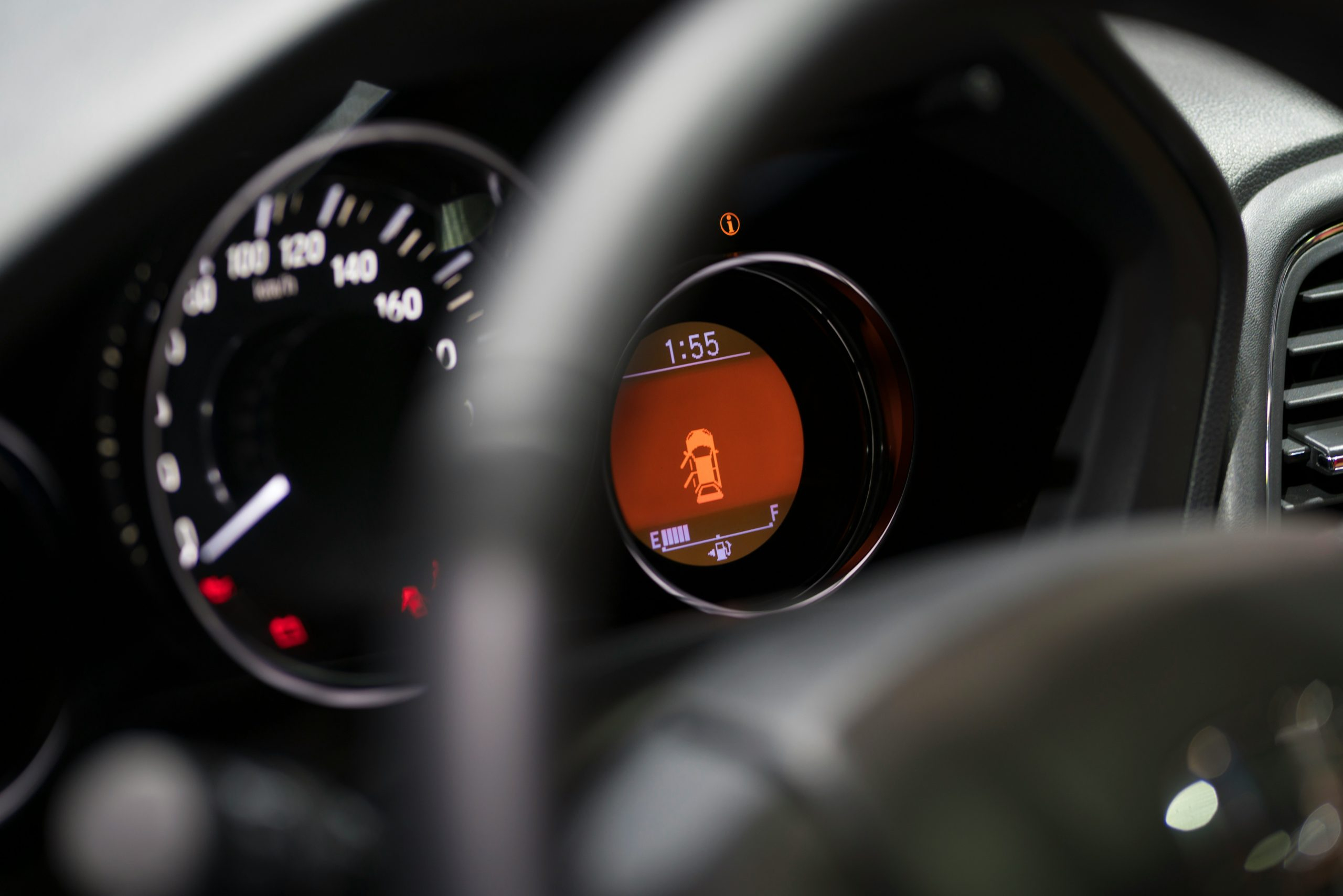The Growth of VR in Automotive Training
The automotive industry is one of the largest and most fast-paced industries in the world. With advancements in technology, the industry is constantly evolving and adapting to meet new demands. One of the latest and most revolutionary advancements in automotive training is the use of virtual reality (VR). This cutting-edge technology is changing the way mechanics and technicians are trained, and its impact is only going to continue to grow in the coming years. Let’s take a closer look at the growth of VR in automotive training and the benefits it brings to the industry.
The Rise of VR in Automotive Training
Virtual reality has been around for many years, but it is only in recent years that it has become increasingly accessible and affordable for industries such as automotive training. As technology continues to advance, so do the capabilities and opportunities offered by VR. This has led to a significant growth in the use of VR in the automotive industry, specifically in the training and development of mechanics and technicians.
Benefits of VR in Automotive Training
The use of VR in automotive training brings a wealth of benefits that traditional training methods simply cannot match. One of the most significant benefits is the enhanced learning experience it provides. VR technology allows trainees to immerse themselves in a realistic and interactive environment, where they can practice and hone their skills without the risk of damaging any real vehicles. This leads to a more confident and competent workforce, resulting in increased productivity and efficiency.
In addition to the enhanced learning experience, the use of VR also offers significant cost savings for automotive companies. Traditional training methods often involve costly equipment and materials, as well as travel and accommodation expenses. With VR, all of these can be eliminated, resulting in significant cost savings for companies. Moreover, VR training can be repeated numerous times without any added costs, allowing trainees to perfect their skills before working on real vehicles.
The Role of Google SEO in VR Automotive Training
In this digital age, it is crucial for businesses, including automotive companies, to have a strong online presence. With the increasing popularity of VR in automotive training, incorporating Google SEO into virtual training programs is essential. This helps optimize the visibility of the training program and attract potential trainees and clients.
Google SEO, or search engine optimization, involves optimizing a website or content to rank higher in search engine results pages (SERPs). By using relevant keywords and phrases related to VR automotive training, the training program can appear higher in search results, making it more visible to potential trainees and clients. This not only helps attract more business but also establishes the training program as a leader in the industry.
The Future of VR in Automotive Training
The potential for growth and advancement in VR technology is endless. As it becomes more accessible and affordable, it is expected that more and more automotive companies will incorporate VR into their training programs. This will not only benefit the companies themselves but also the entire industry as a whole. As VR training becomes more widespread, there will be an increase in highly skilled and competent mechanics and technicians, resulting in a safer and more efficient automotive industry.
Conclusion
The growth of VR in automotive training has proven to be a game-changer. Its ability to provide a realistic and immersive learning experience, coupled with cost savings and the potential for visibility through Google SEO, makes it a highly valuable tool for automotive companies. As technology continues to advance, the use of VR in automotive training is only going to continue to grow and transform the industry for the better.










